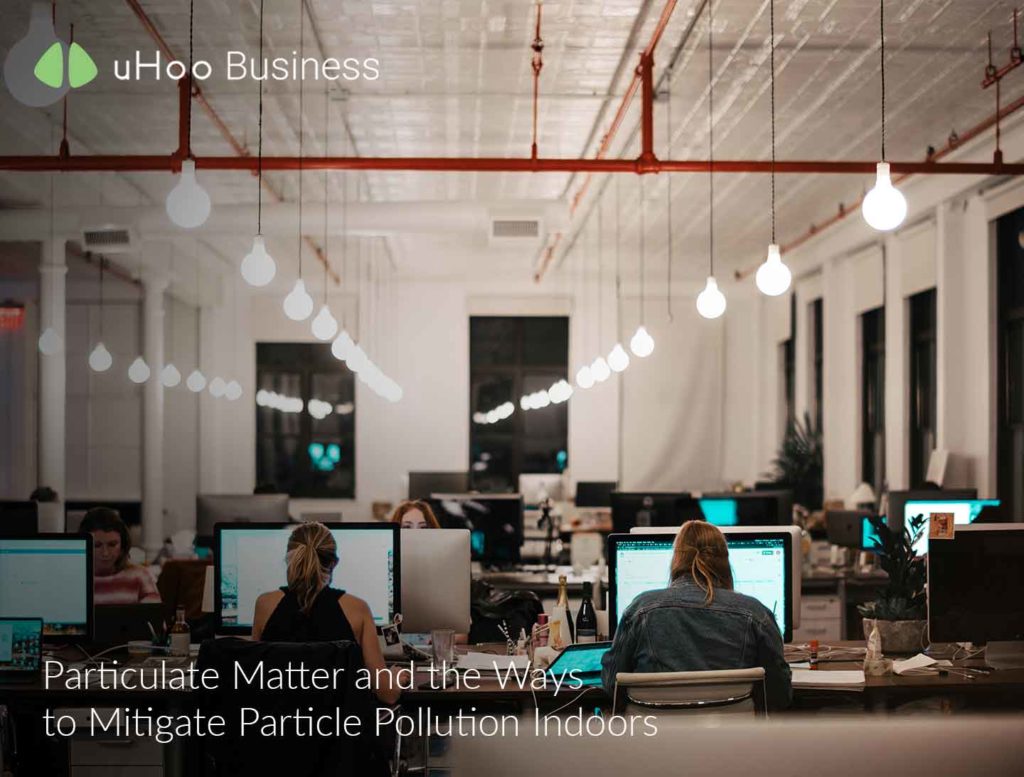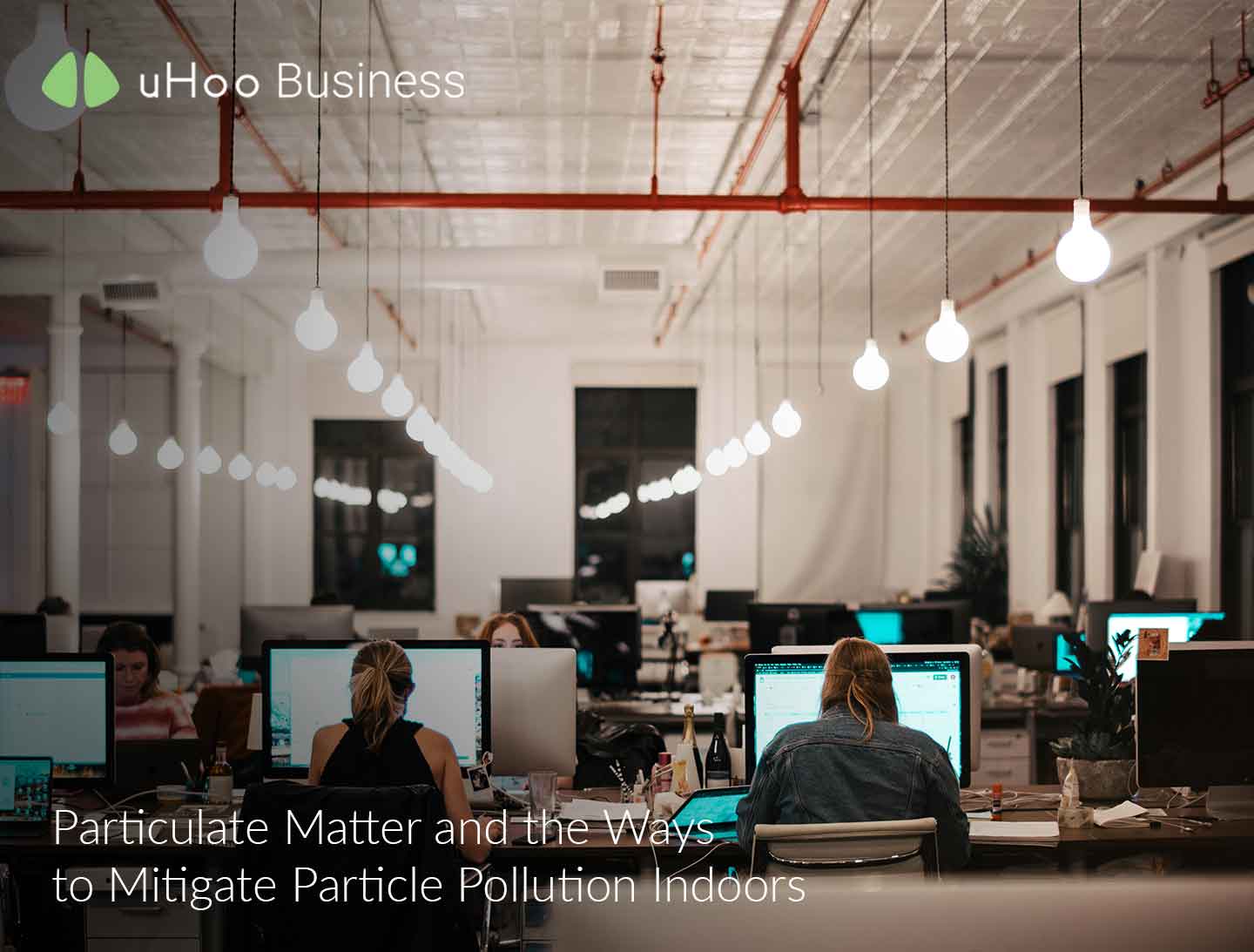
Sometimes, what you can’t see, can hurt you.
Particle pollution or Particulate matter (PM) is a general term that refers to various particles that are present in the air. This consists of dust, soot, liquid droplets, dry solid fragments, and smoke. PM varies greatly in size, shape and chemical composition. They are defined by their diameter for air quality regulation and monitoring purposes, some of them have a diameter of 10 microns or less (PM10) and others are 2.5 microns in diameter (PM2.5). PM2.5 is a portion of PM10.
There are many common sources of particle pollution. Outside, particles may come from vehicle exhaust from trucks, cars, and buses; emissions from factories, construction activities, road dust, respiration of plants and wildstock. Indoors, PM is produced by tobacco smoke, cooking, burning of candles, fireplaces and/or kerosene heaters. Some particulate matter found indoors may also originate from the outdoors since these particles can be easily carried away by wind and enter indoor spaces through doors, windows and leaks in building structures.
Are there Indoor air quality standards for particulate matter?
There isn’t a safe or healthy level of particulate matter, but keeping your exposure to PM10 concentrations below 54 micrograms per cubic meter (µg/m³ ) and to PM2.5 concentrations under 15 µg/m³ can keep you away from health problems.
What are the effects of indoor particle pollution?
Since particulate matter is so small, it can be inhaled deep into the lungs and some may even get into your bloodstream. Exposure to levels that exceed the above indoor air quality standards for particulate matter can increase the risk of experiencing eye, nose and throat irritation, coronary artery disease, congestive heart failure, and asthma or chronic obstructive pulmonary disease (COPD). Moreover, this can also block natural light and make indoor environments appear hazy.
All of which can lead to occupant discomfort. In workplaces, it may result in employee dissatisfaction and increased sickness-related leaves.
How do I manage particle pollution indoors?
You may be exposed to PM in some way during your day, and while these particles can’t be completely eliminated, there are ways that building managers and business owners can do to at least keep them controlled.
Clean: a clean workplace has fewer fine particles in it. By regularly vacuuming, wiping, and sanitizing your workplace, dander, mold spores, dust, and other forms of PM are reduced. This rule also applies to your HVAC system and air purification devices. Change your filters religiously and conduct regular maintenance on your heating and cooling systems to prevent PM from piling up and spreading around your workplace.
Close your windows. Enabling the fresh air in and the stale indoor air out through opening your windows is highly advisable, but since air pollution is highest during the heat of the day, it is better to keep windows closed from around noon to 2pm in the afternoon. This will help maintain the air indoors cleaner than the outdoor air.
Monitor your indoor air: thanks to technology, now we have devices that can help us track the presence and concentrations of particulate matter. uHoo Aura, the most comprehensive indoor air quality monitor provides real-time indoor air quality data specific to your workplace or any commercial establishment. With uHoo Aura’s reliable IAQ data, you can become aware of the exact air quality conditions and make effective decisions to protect occupants, employees, and tenants from the negative effects of particle pollution.
Aside from particulate matter, the uHoo Aura device also evaluates other factors that may affect air quality, including temperature, humidity, TVOC, formaldehyde, carbon dioxide, ozone, and more.
Particulate matter is a dangerous air pollutant. By having a clear understanding about what it is and its causes, indoor air quality standards for particulate matter can be maintained, indoor air pollution can be reduced, and workplace health can be protected.
References:
- US EPA
- Clean Air Resources
- IAQA ORG



